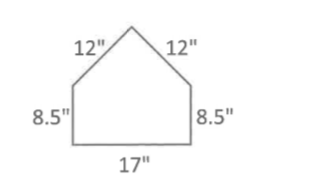The figure shown represents the electric field between two large metal plates. Which of the graphs given in figure represents the force on a positve charge as it moves from point P towards plate B?
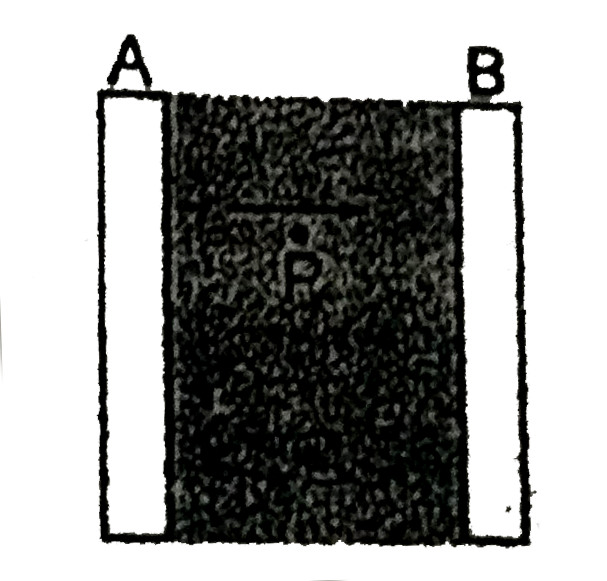
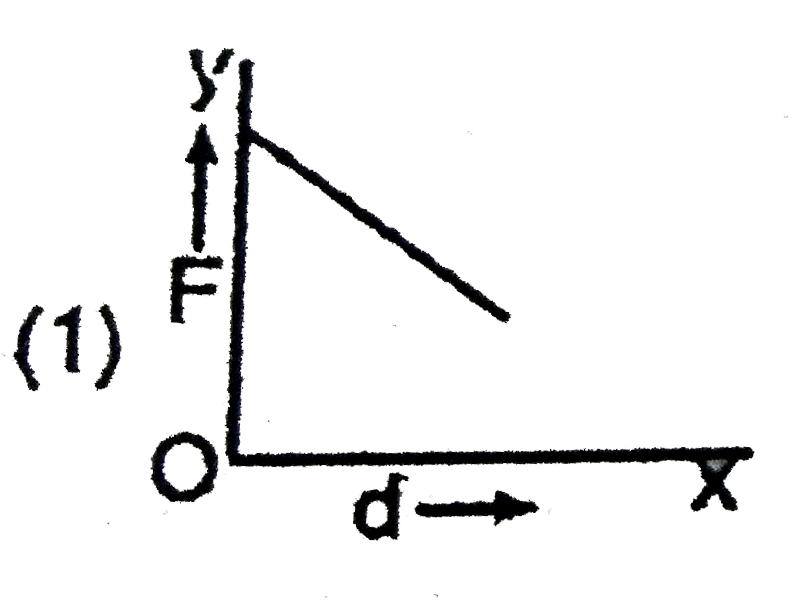
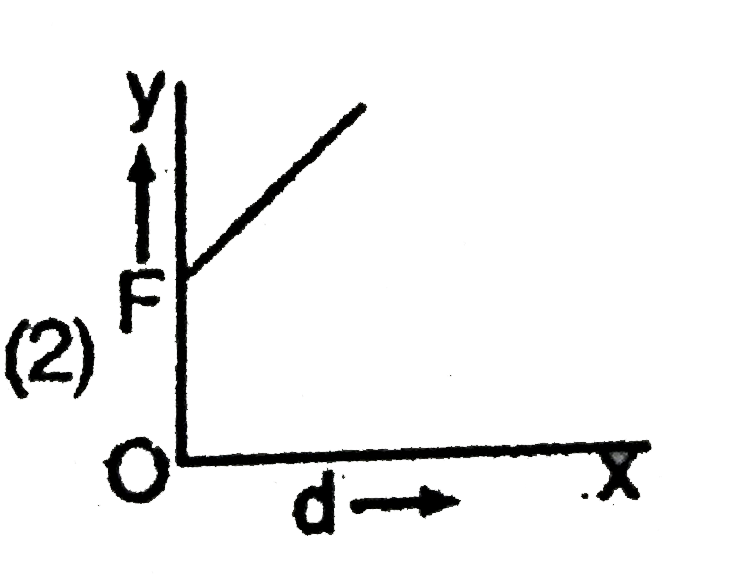
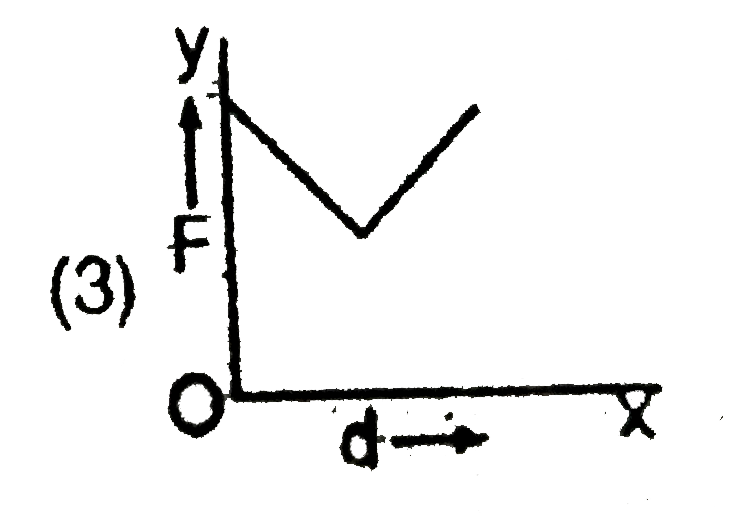
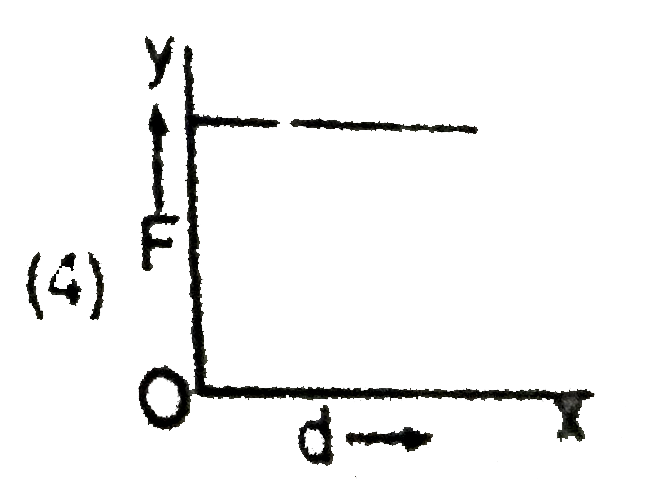
The correct Answer is:D
Electric field produced by large metal plate does not vary with distance so force on charge will be constant.
Topper's Solved these Questions
Similar Questions
Knowledge Check
Figure shows the electric field lines around an electric dipole. Which of the arrows best represents the electric field at point P ?
 A
A B
B C
C D
D
If we introduce a large thin metal plate between two point charges, what will happen to the force between the charges?
View SolutionIf we introduce a large thin metal plate between two point charges, what will happen to the force between the charges?
View SolutionAn arrangement of three large metallic parallel plates with respective charges marked in figure is shown . What is the charge appearing on the left face of plate B ?
View SolutionForce between two conducting large plates , with charges Q and Q2 as shown in the figure, is (Area of each face of plate =A)
_PHY_E01_022_Q01.png)
View SolutionForce between two conducting large plates , with charges Q and Q2 as shown in the figure, is (Area of each face of plate =A)
_PHY_E01_022_Q01.png)
View SolutionTwo large conducting plates X and Y. each having large surface area A (on one side), are placed parallel to each other as shown in figure (30-E7). The plate X ia given a charge Q whereas the other is neutral. Find (a) the surface charge dendity at the inner surface of the plates X, (b) the electric field at a point to the left of the plates, (c) the electric field at a point in between the plates and (d) the electric field at a point to the right of the plates.
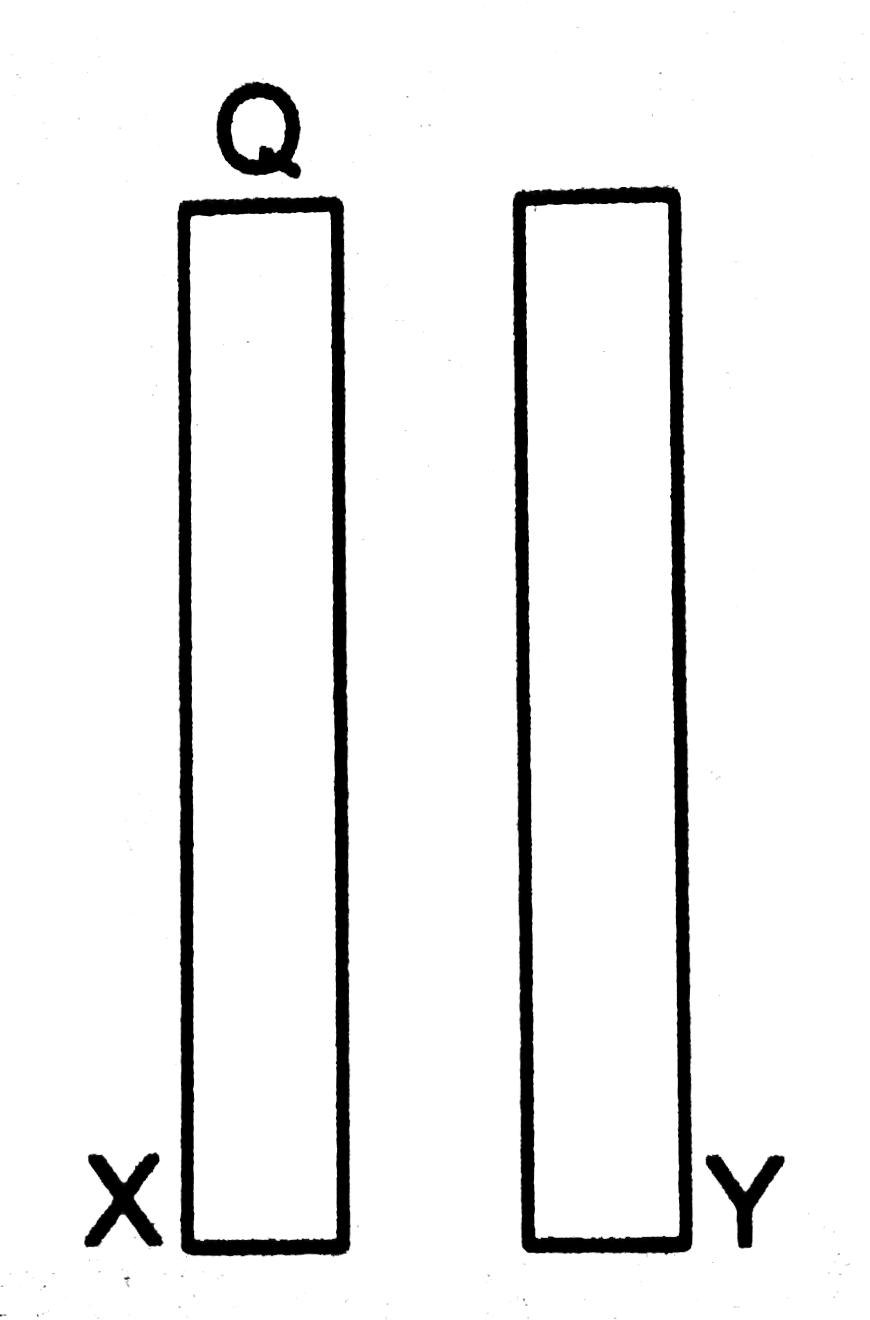
View SolutionTwo large conducting plates X and Y. each having large surface area A (on one side), are placed parallel to each other as shown in figure (30-E7). The plate X is given a charge Q whereas the other is neutral. Find (a) the surface charge density at the inner surface of the plates X, (b) the electric field at a point to the left of the plates, (c) the electric field at a point in between the plates and (d) the electric field at a point to the right of the plates.

View Solution

